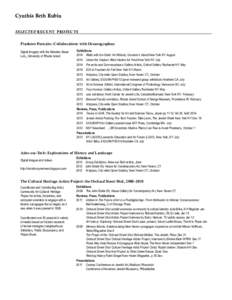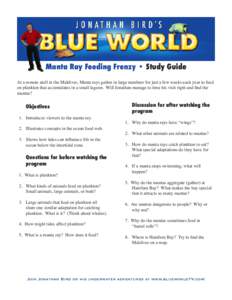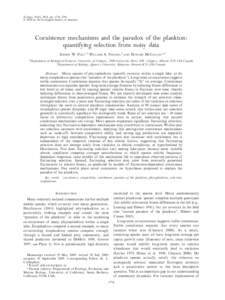 Date: 2011-06-01 09:27:03Aquatic ecology Biology Chemical oceanography Geochemistry F-ratio Marine snow Iron fertilization Sediment trap Plankton Biological oceanography Oceanography Water | |  This article has been published in Oceanography, Volume 14, Number 4, a quarterly journal of The Oceanography Society. Copyright 2001 by The Oceanography Society. All rights reserved. Reproduction of any portion of this This article has been published in Oceanography, Volume 14, Number 4, a quarterly journal of The Oceanography Society. Copyright 2001 by The Oceanography Society. All rights reserved. Reproduction of any portion of this
Add to Reading ListSource URL: cafethorium.whoi.eduDownload Document from Source Website File Size: 272,39 KBShare Document on Facebook
|

 This article has been published in Oceanography, Volume 14, Number 4, a quarterly journal of The Oceanography Society. Copyright 2001 by The Oceanography Society. All rights reserved. Reproduction of any portion of this
This article has been published in Oceanography, Volume 14, Number 4, a quarterly journal of The Oceanography Society. Copyright 2001 by The Oceanography Society. All rights reserved. Reproduction of any portion of this 

